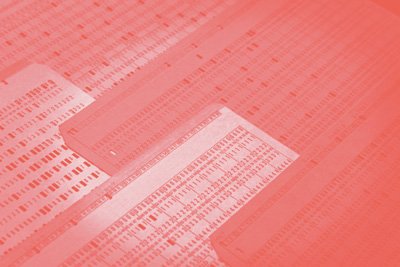Chapter 1. What Is Interaction Design?
|
Every moment of every day, millions of people send e-mail, talk on mobile phones, instant message each other, record TV shows with TiVo, and listen to music on their iPods. All of these things are made possible by good engineering. But it's interaction design that makes them usable, useful, and fun. You benefit from good interaction design every time you:
Figure 1.1. Blogging tool LiveJournal enables one-to-many interactions. courtesy of SixApart and Mathilde Pignol But the reverse is often also true. We suffer from poor interaction design all around us. Thousands of interaction design problems wait to be solvedsuch as when you:
Any time you communicate with people through a device like a mobile phone or computer or through a service like the DMV, interaction designers could be involved. Indeed, for the best experience, they should be involved. Back in 1990, Bill Moggridge, a principal of the design firm IDEO, realized that for some time he and some of his colleagues had been creating a very different kind of design. It wasn't product design exactly, but they were definitely designing products. Nor was it communication design, although they used some of that discipline's tools as well. It wasn't computer science either, although a lot of it had to do with computers and software. No, this was something different. It drew on all those disciplines, but was something else, and it had to do with connecting people through the products they used. Moggridge called this new practice interaction design. In the years since then, interaction design has grown from a tiny, specialized discipline to one practiced by tens of thousands of people all over the world, many of whom don't call themselves interaction designers and may not even be aware of the discipline. Universities now offer degrees in it, and you'll find practitioners of interaction design at every major software and design firm, as well as in banks such as Wells Fargo, hospitals such as the Mayo Clinic, and appliance manufacturers such as Whirlpool. The rise of the commercial Internet in the mid 1990s and the widespread incorporation of microprocessors into machines such as cars, dishwashers, and phones where previously they hadn't been used led to this explosive growth in the number of interaction designers because suddenly a multitude of serious interaction problems needed to be solved. Our gadgets became digital, as did our workplaces, homes, transportation, and communication devices. Our everyday stuff temporarily became unfamiliar to us; the confusion we once collectively had about how to set the clock on the VCR spread to our entire lives. We had to relearn how to dial a phone number and work the stereo and use our computers. It was the initial practitioners of interaction designmostly coming from other disciplineswho helped us begin to make sense of our newly digitized world, and these same people now, aided by new interaction designers, continue to refine and practice the craft as our devices, and our world, grow ever more complex. |
EAN: 2147483647
Pages: 110
